Tracing every object that made it to the moon – and the ones that didn’t
In his new book, Architecture Guide: Moon, Paul Meuser comes at space travel from an architectural angle
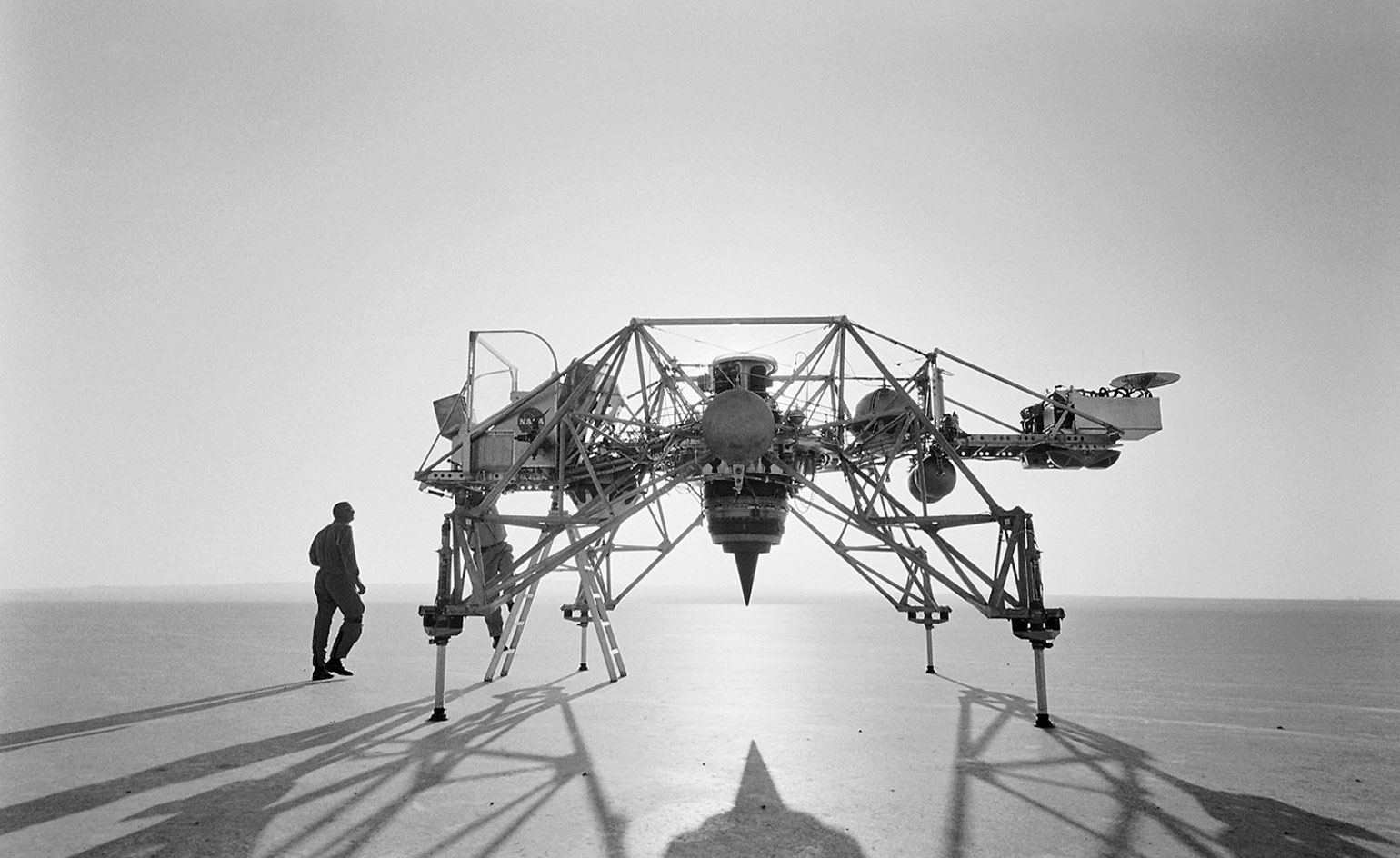
Timed to coincide with the 50th anniversary Apollo celebrations, this modest but intriguing book touches down to provide the definitive guide to all things both lunar and architectural. Paul Meuser’s Architecture Guide: Moon chronicles every device, object and artefact that humankind has ever sent to our only natural satellite, as well as the ones that didn’t make it.
Published with help from the Moscow Polytech, the book is a useful reminder that it’s not just the USA that dominated exploration of this dusty new world. From the Soviet Luna 2 probe, which landed (or rather impacted) on 13 September 1959, the Russians led the charge. Yet it was the USA that triumphed, with Apollo 11 arriving less than a decade later, and the bulk of the book charts the two superpowers’ expensive and high-profile race to the moon throughout the 1960s.
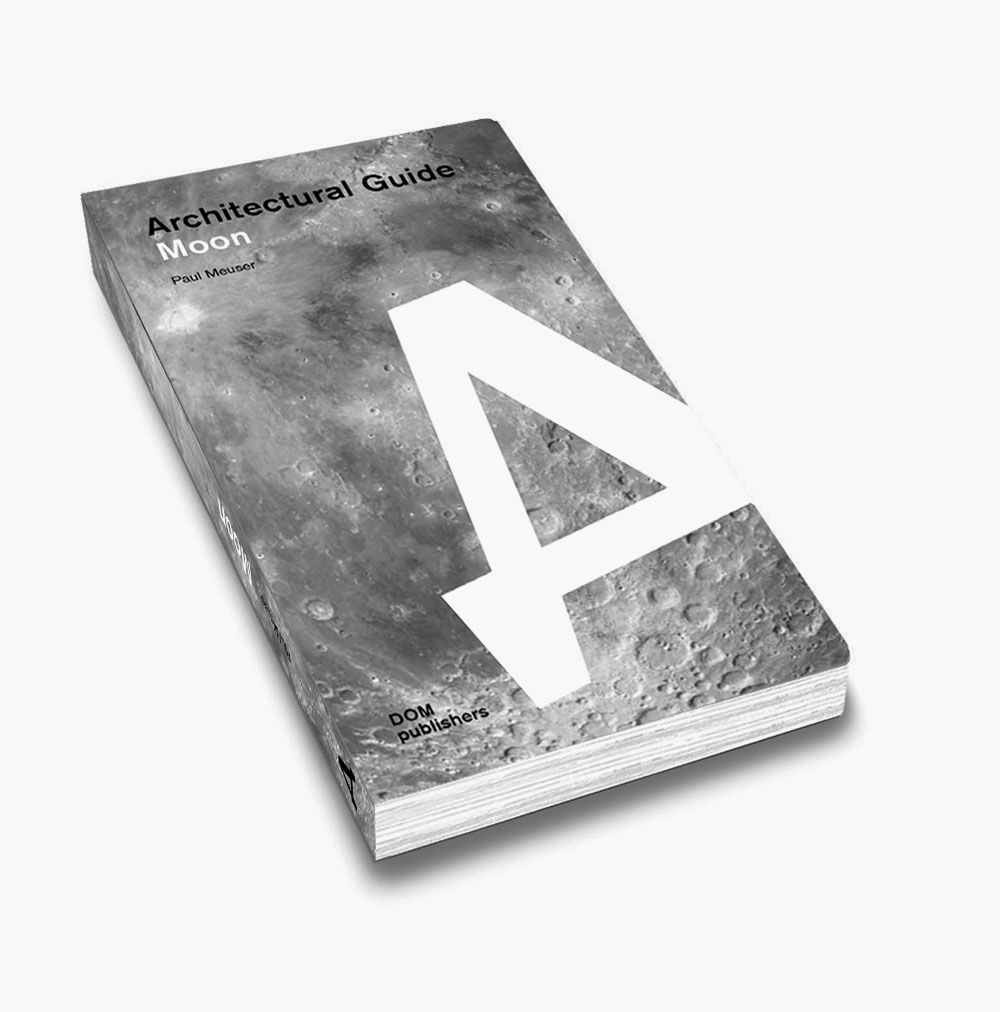

Top, Architecture Guide: Moon, by Paul Meuser. Bottom, illustration of the three-tiered lunar station made of inflatable modules (circa 1972).
Along the way there were successes and failures, with the insectoid strangeness of Soviet-era design – always created with an eye to propaganda – contrasting strongly with America’s more prosaic, functional approach. Conspiracy theorists aside, we all know how this story ended, but perhaps most interesting of all are the conceptual proposals for bases and buggies that never happened, as well as the details of the ongoing lunar programmes of Europe, Israel, China, Japan and India.
The next decade will prove crucial, as countries collaborate with each other and corporations to justify the huge cost of space travel – Google’s Lunar XPRIZE stumped up a big incentive, but no-one was able to claim the prize. We’re allegedly standing on the brink of a new space age, with a return to the moon mooted for 2024. Architecture Guide Moon is a small but timely insight into the sheer amount of effort required to get there in the first place.

Lunar station with classic and classicist shape vocabulary, designed by Anton Rakov of the Samara Polytech, 2018.
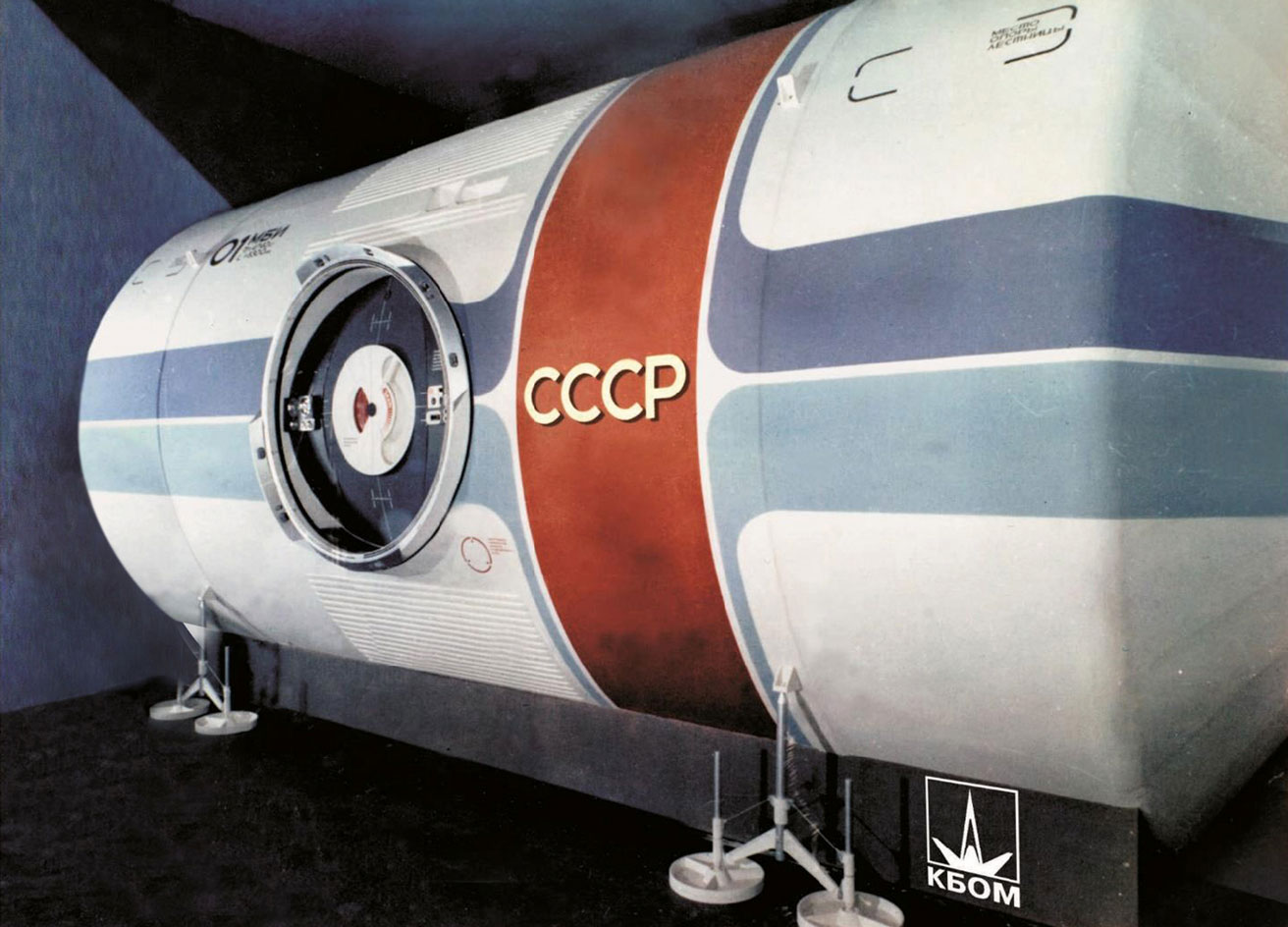
Scale model of a module from the Swesda lunar station.
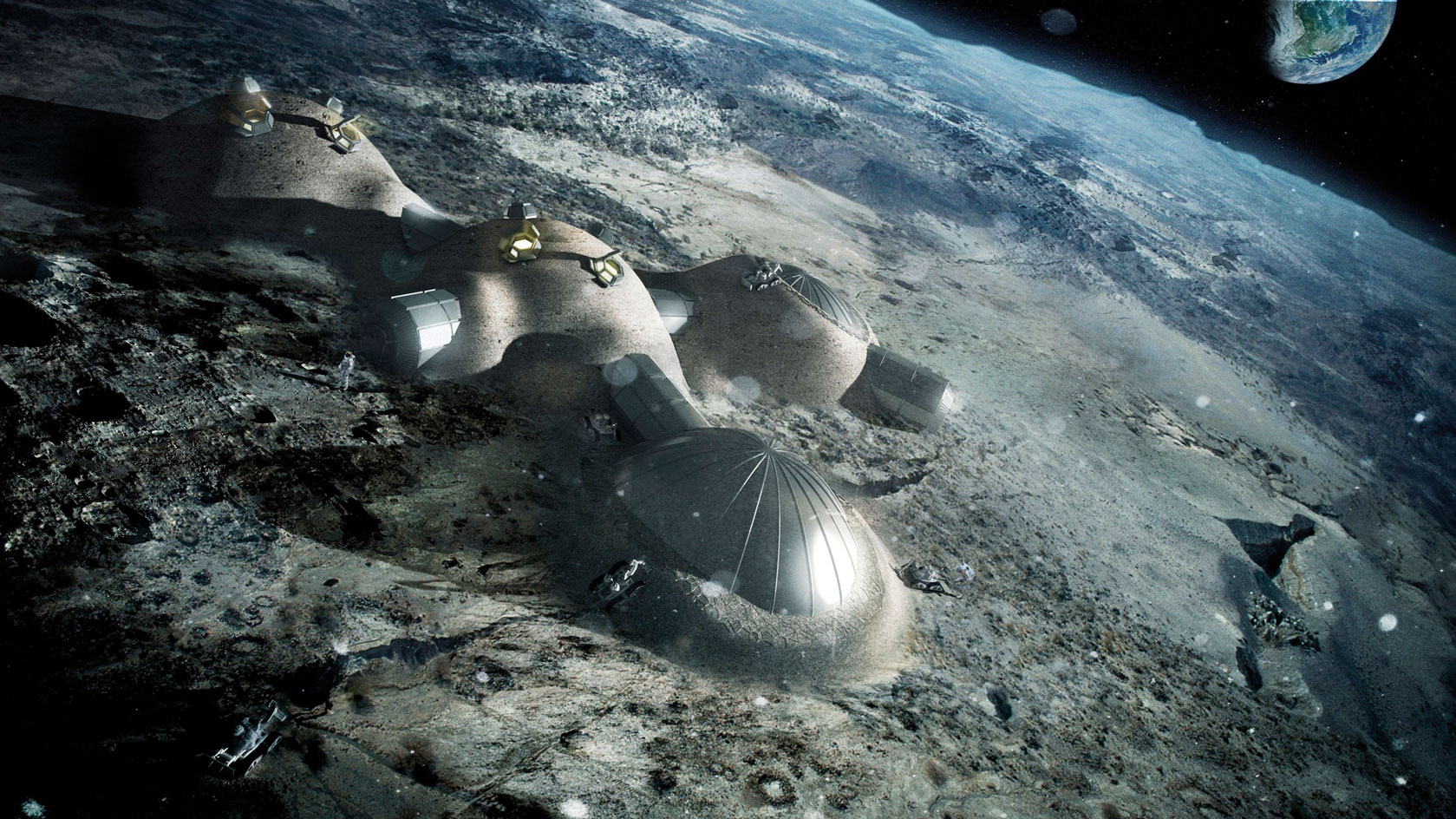
European Space Agency, by Foster + Partners. One of the strategies of the State-run lunar programmes: considerations of a stationary lunar station and the mining of raw materials.
INFORMATION
Architecture Guide: Moon, €38, published by DOM Publishers
Receive our daily digest of inspiration, escapism and design stories from around the world direct to your inbox.
Jonathan Bell has written for Wallpaper* magazine since 1999, covering everything from architecture and transport design to books, tech and graphic design. He is now the magazine’s Transport and Technology Editor. Jonathan has written and edited 15 books, including Concept Car Design, 21st Century House, and The New Modern House. He is also the host of Wallpaper’s first podcast.
-
 The White House faced the wrecking ball. Are these federal buildings next?
The White House faced the wrecking ball. Are these federal buildings next?Architects and preservationists weigh in on five buildings to watch in 2026, from brutalist icons to the 'Sistine Chapel' of New Deal art
-
 Georgia Kemball's jewellery has Dover Street Market's stamp of approval: discover it here
Georgia Kemball's jewellery has Dover Street Market's stamp of approval: discover it hereSelf-taught jeweller Georgia Kemball is inspired by fairytales for her whimsical jewellery
-
 The best way to see Mount Fuji? Book a stay here
The best way to see Mount Fuji? Book a stay hereAt the western foothills of Mount Fuji, Gora Kadan’s second property translates imperial heritage into a deeply immersive, design-led retreat
-
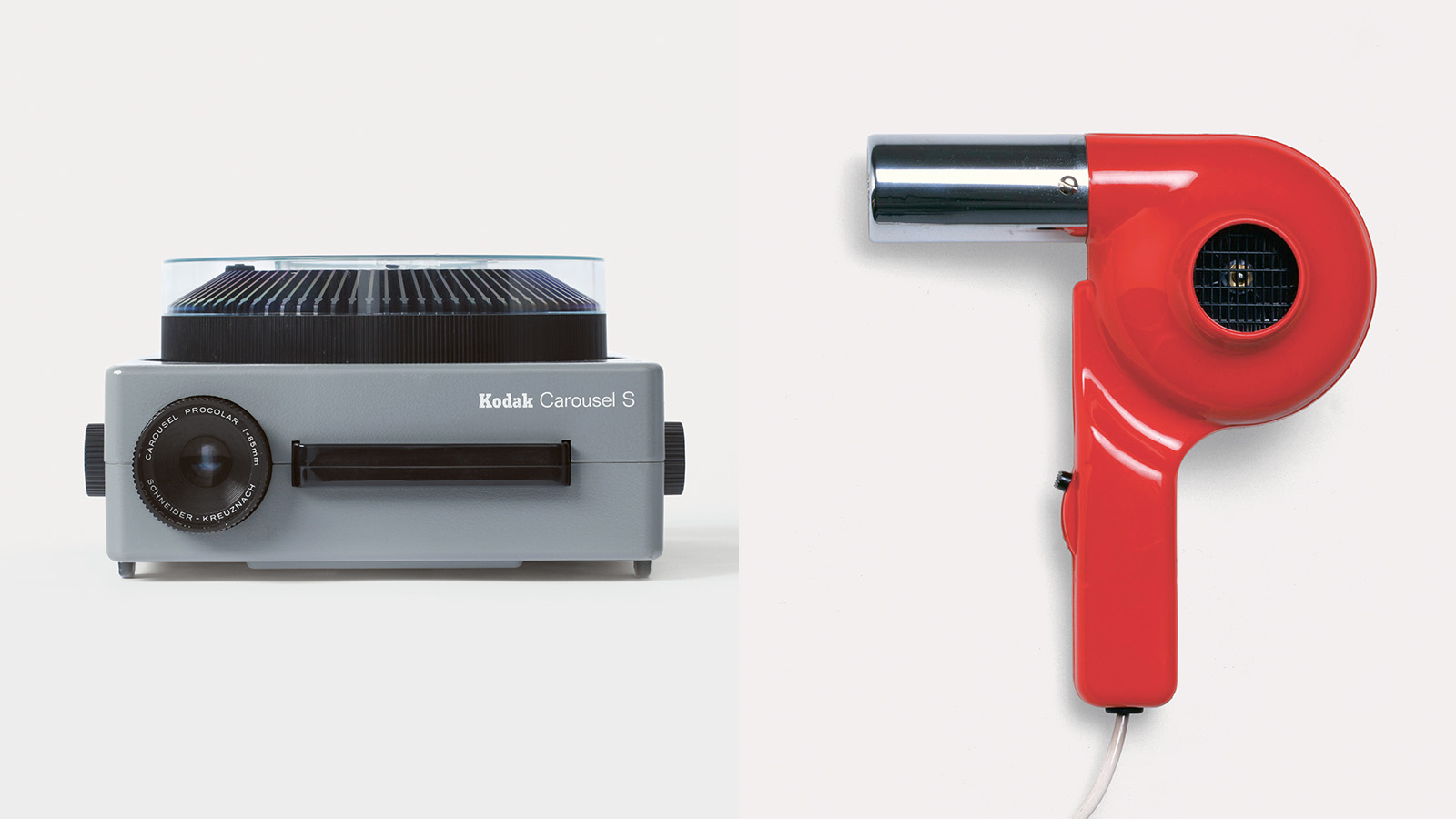 Masters of midcentury modern design and their creations spotlighted in new book
Masters of midcentury modern design and their creations spotlighted in new book‘Mid-Century Modern Designers’ is a new book from Phaidon celebrating those who shaped the period and their notable creations, from furniture to objects
-
 Rooms with a view: a new book celebrates the Italian approach to interior design
Rooms with a view: a new book celebrates the Italian approach to interior designLaura May Todd's survey of Italian interiors is the perfect antidote to January gloom, taking a look inside 50 distinctive Italian homes
-
 Discover the alchemy of American artists Philip and Kelvin LaVerne
Discover the alchemy of American artists Philip and Kelvin LaVerneThe work of Philip and Kelvin LaVerne, prized by collectors of 20th-century American art, is the subject of a new book by gallerist Evan Lobel; he tells us more
-
 20 pairs of bookends celebrate contemporary Scottish design and Dundee’s literary heritage
20 pairs of bookends celebrate contemporary Scottish design and Dundee’s literary heritageAs Dundee Design Week gets ready for its fifth edition, a bookish commission shines a light on two pioneering female journalists from the city’s storied past
-
 ‘You’ve got to hang out with Judd furniture… you learn something’: Rainer Judd
‘You’ve got to hang out with Judd furniture… you learn something’: Rainer JuddAs new book ‘Donald Judd Furniture’ lands, the artist’s children Rainer and Flavin discuss their father’s legacy
-
 Discover London’s lesser-known design gems with ‘an opinionated guide’
Discover London’s lesser-known design gems with ‘an opinionated guide’‘An opinionated guide to Design London’ by Sujata Burman and Wallpaper’s Rosa Bertoli is a carefully curated tour of intriguing design spots across the capital
-
 Well hung? We interview Martino Gamper about his new book of (around) 1,000 hooks
Well hung? We interview Martino Gamper about his new book of (around) 1,000 hooksItalian maverick designer Martino Gamper doesn't hang around. He has a new book featuring 1,000 hooks made by hand. We ask him how and why...
-
 ‘Midcentury modern is as American as punk rock’: 22RE on its latest full-scale project
‘Midcentury modern is as American as punk rock’: 22RE on its latest full-scale projectThe new LA offices of music branding agency Ceremony of Roses, designed by local studio 22RE, are a real conversation starter